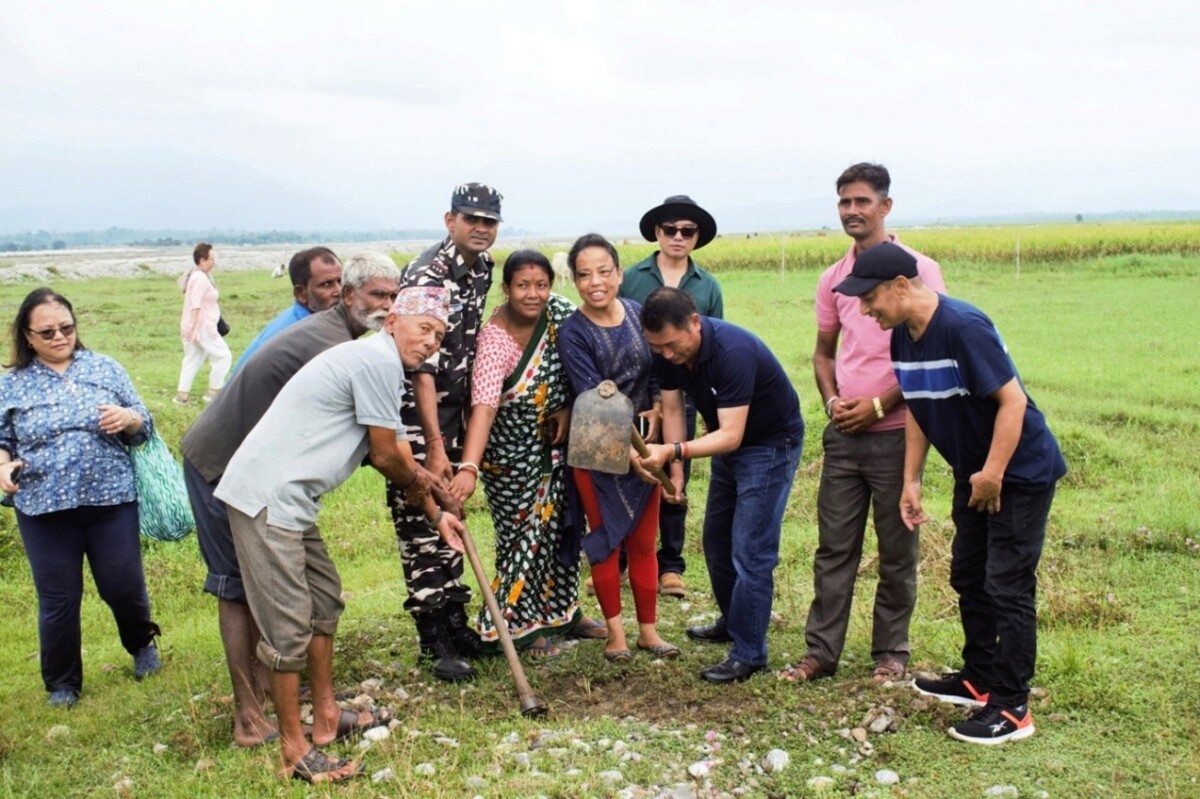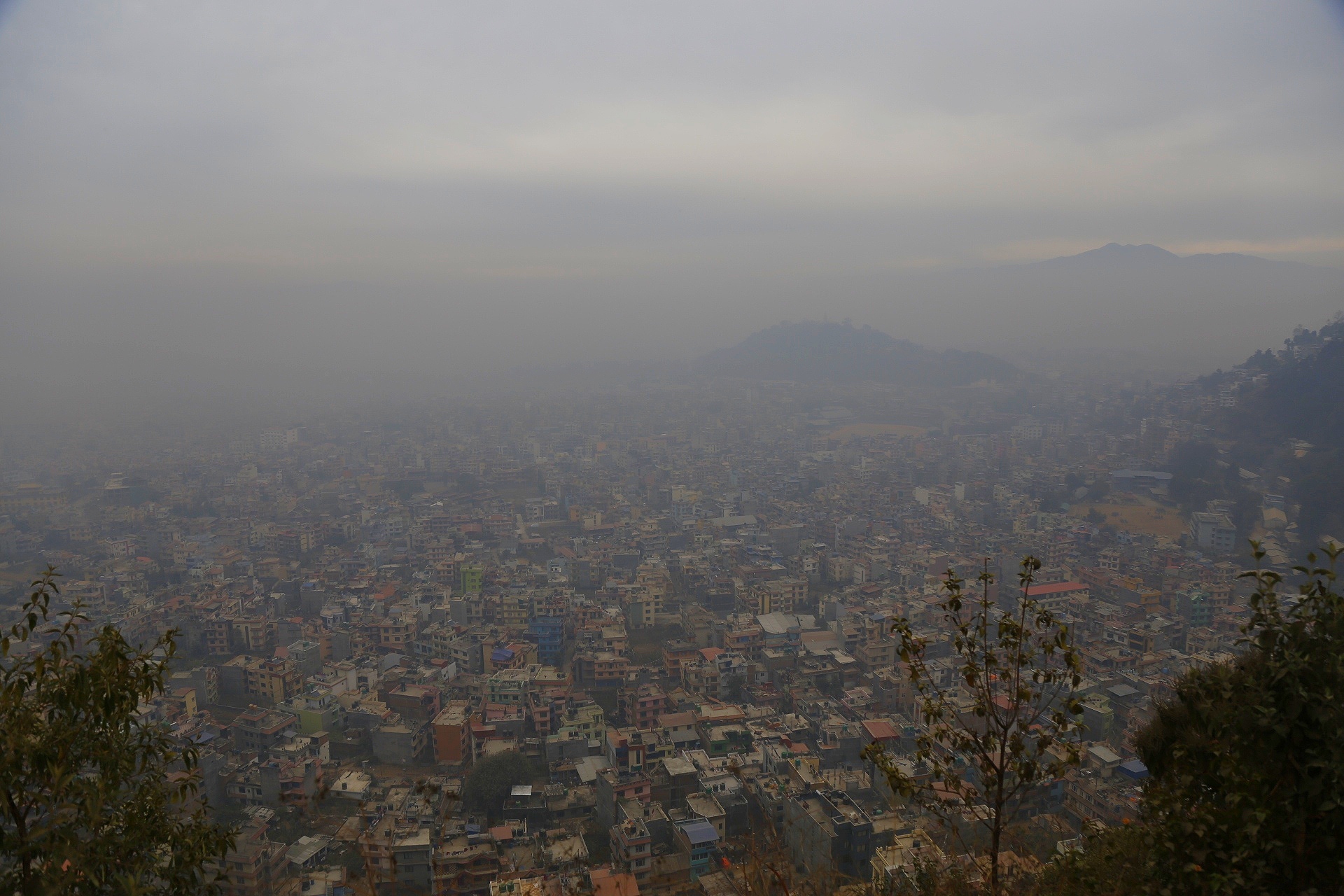Tactical Urbanism and Sustainable Development Goals: A Report

Introduction to Tactical Urbanism (TU)
Tactical Urbanism (TU) is a dynamic, low-cost, and temporary approach to urban design and planning, primarily applied in rapidly growing and constrained cities. It addresses urgent urban challenges such as traffic congestion, lack of quality public spaces, and environmental sustainability. TU acts as a testing ground for innovative urban interventions, aiming to balance immediate benefits with long-term urban resilience, aligning closely with several Sustainable Development Goals (SDGs), including SDG 11 (Sustainable Cities and Communities) and SDG 13 (Climate Action).
Understanding Tactical Urbanism
Tactical Urbanism involves informal, small-scale, and temporary improvements to urban environments, often initiated by grassroots organizations and urban activists. Common TU projects include:
- Pop-up bike lanes
- Temporarily pedestrianized zones
- Parklets (temporary parks in parking spaces)
- Community gardens
These interventions beautify cityscapes and engage communities, fostering inclusive participation consistent with SDG 16 (Peace, Justice, and Strong Institutions) and SDG 17 (Partnerships for the Goals).
Innovation in Tactical Urbanism
TU promotes innovation by enabling cities to experiment with urban design, mobility, and sustainability in short cycles with minimal investment. Notable examples include:
- New York City’s “Summer Streets”: Temporarily closes streets to cars during summer, opening them for pedestrians and cyclists, enhancing public space usage and promoting sustainable transport (SDG 11, SDG 3 – Good Health and Well-being).
- Bogotá’s “Ciclovía”: Closes streets to motor vehicles on Sundays, encouraging cycling, walking, and community engagement, leading to permanent infrastructure improvements (SDG 11, SDG 13).
These initiatives demonstrate TU’s role in fostering sustainable urban mobility and community well-being.
Challenges of Tactical Urbanism in Sustainability
Despite its benefits, TU faces several sustainability challenges:
- Short-term focus: TU projects often lack long-term institutional and financial support, risking removal after initial implementation.
- Environmental impact: Temporary interventions may not always align with environmental sustainability goals (SDG 13).
- Social equity concerns: TU can lead to gentrification, displacing lower-income populations and undermining SDG 10 (Reduced Inequalities).
- Systemic issues: TU may address symptoms rather than root causes of urban problems such as inadequate housing and resource access (SDG 1 – No Poverty, SDG 6 – Clean Water and Sanitation).
Balancing Innovation and Sustainability: Critical Debates
For TU to contribute effectively to sustainable urban development, a balance between innovation and sustainability is essential. Key considerations include:
- Data-driven decision making: Utilizing real-time data to monitor and scale TU interventions, exemplified by New York’s “Summer Streets” program tracking foot traffic and air quality (SDG 11, SDG 9 – Industry, Innovation, and Infrastructure).
- Community engagement: Involving local residents in design and implementation to ensure ownership and inclusivity (SDG 16, SDG 10).
- Long-term integration: Embedding successful TU projects into formal urban planning with infrastructural investments for sustainability (SDG 11).
- Governmental support: Developing policies that incorporate TU within broader city planning frameworks, focusing on sustainability and inclusion (SDG 16, SDG 17).
- Addressing gentrification: Mitigating displacement risks by ensuring equitable development (SDG 10).
Future Directions for Tactical Urbanism
To align with the SDGs and address evolving urban challenges, TU must evolve with the following focus areas:
- Climate-Resilient Urbanism: Incorporating green infrastructure such as green roofs, energy-efficient lighting, and stormwater management to enhance urban resilience (SDG 13, SDG 11).
- Smart Cities and Digital Tools: Leveraging sensors and digital feedback for real-time monitoring of air quality, traffic, and pedestrian movement to optimize interventions (SDG 9, SDG 11).
- Inclusive Urban Design: Designing interventions that benefit vulnerable groups including the elderly, disabled, and low-income populations to promote social equity (SDG 10, SDG 3).
Conclusion
Tactical Urbanism offers innovative, community-driven solutions to immediate urban challenges, contributing to multiple Sustainable Development Goals. However, its long-term effectiveness depends on integration into formal urban planning processes emphasizing sustainability, inclusivity, and resilience. By embracing data-driven approaches, fostering community participation, and ensuring supportive governance, TU can help create cities that are more livable and resilient to future challenges.
References
- Lydon, M., & Garcia, A. (2015). Tactical urbanism: Short-term action for long-term change. Island Press.
- NYC Department of Transportation. (2019). Summer Streets Annual Report 2019.
- Garrido, M., & Martínez, J. (2020). Exploring Bogotá’s ciclovía: Lessons in urban mobility and public space design. International Journal of Urban Studies, 29(3), 98-110.
- McFarlane, C., & Waibel, M. (2012). Tactical urbanism and the politics of public space. Urban Studies Journal, 49(6), 1307-1326.
- Sarkar, S., & Roy, S. (2018). Beyond tactical urbanism: A critique of temporary urban interventions. Urban Policy and Research, 37(1), 42-55.
- Desai, A. (2021). Participatory urbanism and its impact on community engagement. Journal of Urban Planning, 35(2), 211-223.
1. Which SDGs are addressed or connected to the issues highlighted in the article?
- SDG 11: Sustainable Cities and Communities
- The article focuses on urban planning, public spaces, mobility, and environmental sustainability in cities.
- It discusses tactical urbanism as a method to improve urban environments, making cities more inclusive, safe, resilient, and sustainable.
- SDG 3: Good Health and Well-being
- Promotion of pedestrian zones, cycling, and open public spaces contributes to healthier lifestyles and improved well-being.
- SDG 13: Climate Action
- Incorporation of climate-resilient urbanism and green infrastructure to address environmental issues and climate change.
- SDG 10: Reduced Inequalities
- Discussion on social equity, inclusion of elderly, disabled, and low-income groups in urban design.
- Concerns about gentrification and displacement of lower-income populations.
- SDG 9: Industry, Innovation and Infrastructure
- Innovation in urban planning through tactical urbanism and smart city technologies.
2. What specific targets under those SDGs can be identified based on the article’s content?
- SDG 11: Sustainable Cities and Communities
- Target 11.3: Enhance inclusive and sustainable urbanization and capacity for participatory, integrated and sustainable human settlement planning and management.
- Target 11.6: Reduce the adverse per capita environmental impact of cities, including by paying special attention to air quality and municipal and other waste management.
- Target 11.7: Provide universal access to safe, inclusive and accessible, green and public spaces.
- SDG 3: Good Health and Well-being
- Target 3.4: Promote mental health and well-being through safe and accessible public spaces encouraging physical activity.
- SDG 13: Climate Action
- Target 13.1: Strengthen resilience and adaptive capacity to climate-related hazards and natural disasters in all countries.
- SDG 10: Reduced Inequalities
- Target 10.2: Empower and promote the social, economic and political inclusion of all, irrespective of age, sex, disability, race, ethnicity, origin, religion or economic or other status.
- SDG 9: Industry, Innovation and Infrastructure
- Target 9.1: Develop quality, reliable, sustainable and resilient infrastructure, including regional and transborder infrastructure, to support economic development and human well-being.
- Target 9.5: Enhance scientific research, upgrade the technological capabilities of industrial sectors in all countries.
3. Are there any indicators mentioned or implied in the article that can be used to measure progress towards the identified targets?
- Indicators related to SDG 11
- Measurement of foot traffic and public satisfaction (e.g., New York City’s “Summer Streets” program).
- Air quality monitoring to assess environmental impact of urban interventions.
- Availability and accessibility of green and public spaces (e.g., parklets, community gardens).
- Indicators related to SDG 3
- Levels of physical activity through increased pedestrian and cycling infrastructure.
- Public health outcomes related to improved urban environments.
- Indicators related to SDG 13
- Implementation and effectiveness of climate-resilient infrastructure such as green roofs, energy-efficient street lighting, and stormwater management systems.
- Reduction in urban environmental degradation and pollution levels.
- Indicators related to SDG 10
- Measures of social inclusion and equity in urban design (e.g., accessibility for elderly, disabled, and low-income groups).
- Monitoring displacement or gentrification effects on vulnerable populations.
- Indicators related to SDG 9
- Adoption and integration of innovative urban planning technologies and smart city tools.
- Number and scale of tactical urbanism projects integrated into official urban planning processes.
4. Table: SDGs, Targets and Indicators
| SDGs | Targets | Indicators |
|---|---|---|
| SDG 11: Sustainable Cities and Communities |
|
|
| SDG 3: Good Health and Well-being |
|
|
| SDG 13: Climate Action |
|
|
| SDG 10: Reduced Inequalities |
|
|
| SDG 9: Industry, Innovation and Infrastructure |
|
|
Source: meer.com







